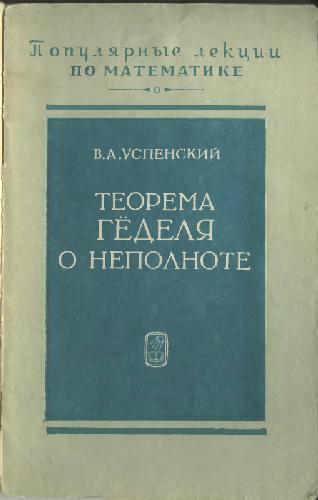- 2 402 202 книги
- Поиск
libcats.org







Code Division Multiple Access (CDMA)
Mike Buehrer, William TranterThis book covers the basic aspects of Code Division Multiple Access or CDMA. It begins with an introduction to the basic ideas behind fixed and random access systems in order to demonstrate the difference between CDMA and the more widely understood TDMA, FDMA or CSMA. Secondly, a review of basic spread spectrum techniques are presented which are used in CDMA systems including direct sequence, frequency-hopping and time-hopping approaches. The basic concept of CDMA is presented, followed by the four basic principles of CDMA systems that impact their performance: interference averaging, universal frequency reuse, soft handoff, and statistical multiplexing. The focus of the discussion will then shift to applications. The most common application of CDMA currently is cellular systems. A detailed discussion on cellular voice systems based on CDMA, specifically IS-95, is presented. The capacity of such systems will be examined as well as performance enhancement techniques such as coding and spatial filtering. Also discussed are Third Generation CDMA cellular systems and how they differ from Second Generation systems. A second application of CDMA that is covered is spread spectrum packet radio networks. Finally, there is an examination of multi-user detection and interference cancellation and how such techniques impact CDMA networks. This book should be of interest and value to engineers, advanced students, and researchers in communications.
EPUB | FB2 | MOBI | TXT | RTF
* Конвертация файла может нарушить форматирование оригинала. По-возможности скачивайте файл в оригинальном формате.
Популярные книги за неделю:

Проектирование и строительство. Дом, квартира, сад
Автор: Петер Нойферт, Автор: Людвиг Нефф
Размер книги: 20.83 Mb

Система упражнений по развитию способностей человека (Практическое пособие)
Автор: Петров Аркадий НаумовичКатегория: Путь к себе
Размер книги: 818 Kb

Сотворение мира (3-х томник)
Автор: Петров Аркадий НаумовичКатегория: Путь к себе
Размер книги: 817 Kb

Радиолюбительские схемы на ИС типа 555
Автор: Трейстер Р.Категория: Электротехника и связь
Размер книги: 13.64 Mb
Только что пользователи скачали эти книги:

Улучшение зрения без очков
Автор: Бейтс Уильям Горацио, Автор: Корбетт Маргарет ДарстКатегория: Медицина
Размер книги: 636 Kb

Популярные лекции по математике. Теорема Гёделя о неполноте
Автор: Успенский В.А.
Размер книги: 1.80 Mb

Atmosphere, weather and climate
Автор: Roger Barry, Автор: Richard ChorleyКатегория: P_Physics, PGp_Geophysics
Размер книги: 8.52 Mb






